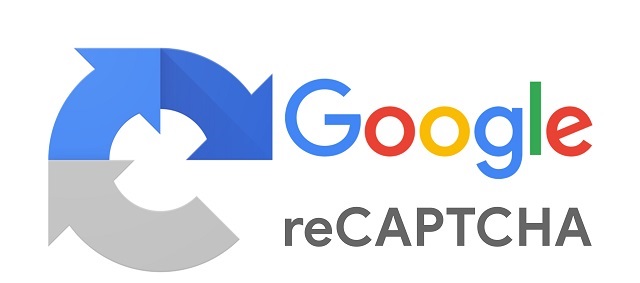Are you looking for a fun and educational game to play during your free time? Look no further than Learn to Fly 2, an unblocked game that can be played in the classroom. In this article, we will provide you with a detailed and comprehensive guide on how to play and enjoy Learn to Fly 2 in a classroom setting.
Learn to Fly 2 is a physics-based game that challenges players to help a penguin fly as far as possible. With its simple yet addictive gameplay, it has become a popular choice among students and teachers alike. Now, let's dive into the different aspects of this game and explore how it can be used in a classroom environment.
1. Getting Started with Learn to Fly 2
In this section, we will walk you through the process of getting started with Learn to Fly 2. From accessing the game to understanding the controls, we will cover everything you need to know to start playing.
2. Understanding the Physics Behind Learn to Fly 2
Learn to Fly 2 is not just a game; it is also a great tool for learning physics. In this section, we will discuss the physics concepts that are introduced and reinforced through the gameplay. From Newton's laws of motion to projectile motion, you will gain a deeper understanding of these principles while having fun.
3. Setting Learning Objectives
In this section, we will guide you on how to set appropriate learning objectives when using Learn to Fly 2 in a classroom setting. By aligning the game with specific learning outcomes, you can maximize its educational value and ensure that students are actively engaged in the learning process.
4. Incorporating Learn to Fly 2 into Lesson Plans
Learn to Fly 2 can be seamlessly integrated into various lesson plans across different subjects. In this section, we will provide you with examples of how to incorporate the game into subjects such as physics, math, and even language arts. These examples will serve as a starting point for designing your own lesson plans.
5. Encouraging Critical Thinking and Problem-Solving Skills
Learn to Fly 2 requires players to think critically and solve problems in order to succeed. In this section, we will discuss strategies for fostering these skills in the classroom using the game. From group discussions to reflective writing exercises, you will discover various ways to promote critical thinking and problem-solving among your students.
6. Promoting Collaboration and Teamwork
Learn to Fly 2 can be played individually or in multiplayer mode, making it an ideal game for promoting collaboration and teamwork. In this section, we will explore different ways to encourage students to work together while playing the game. From cooperative gameplay to group projects, you will find strategies to enhance collaboration in your classroom.
7. Assessing Learning Outcomes
Assessing student learning is an essential part of the educational process. In this section, we will discuss different methods for assessing learning outcomes when using Learn to Fly 2. From traditional quizzes to project-based assessments, you will learn how to effectively evaluate student performance and understanding.
8. Addressing Potential Challenges
While Learn to Fly 2 is a great game for the classroom, it may also present a few challenges. In this section, we will address these challenges and provide strategies for overcoming them. From time management issues to potential distractions, you will be equipped with the necessary tools to ensure a smooth and productive gameplay experience.
9. Engaging Students Beyond the Classroom
Learn to Fly 2 can be a powerful tool for engaging students beyond the classroom. In this section, we will explore different ways to extend the learning experience outside of school hours. From online leaderboards to student-created content, you will discover strategies to keep students motivated and excited about playing the game.
10. Resources and Further Reading
In the final section, we will provide you with additional resources and further reading materials related to Learn to Fly 2 and using games in the classroom. These resources will help you deepen your understanding of the educational benefits of game-based learning and provide you with more ideas for incorporating games into your teaching practice.
In conclusion, Learn to Fly 2 is not just an entertaining game, but also a valuable educational tool. By incorporating it into your classroom, you can engage students, promote critical thinking and problem-solving skills, and enhance collaboration among your students. So why wait? Start exploring the world of Learn to Fly 2 today and unlock a world of learning possibilities.
